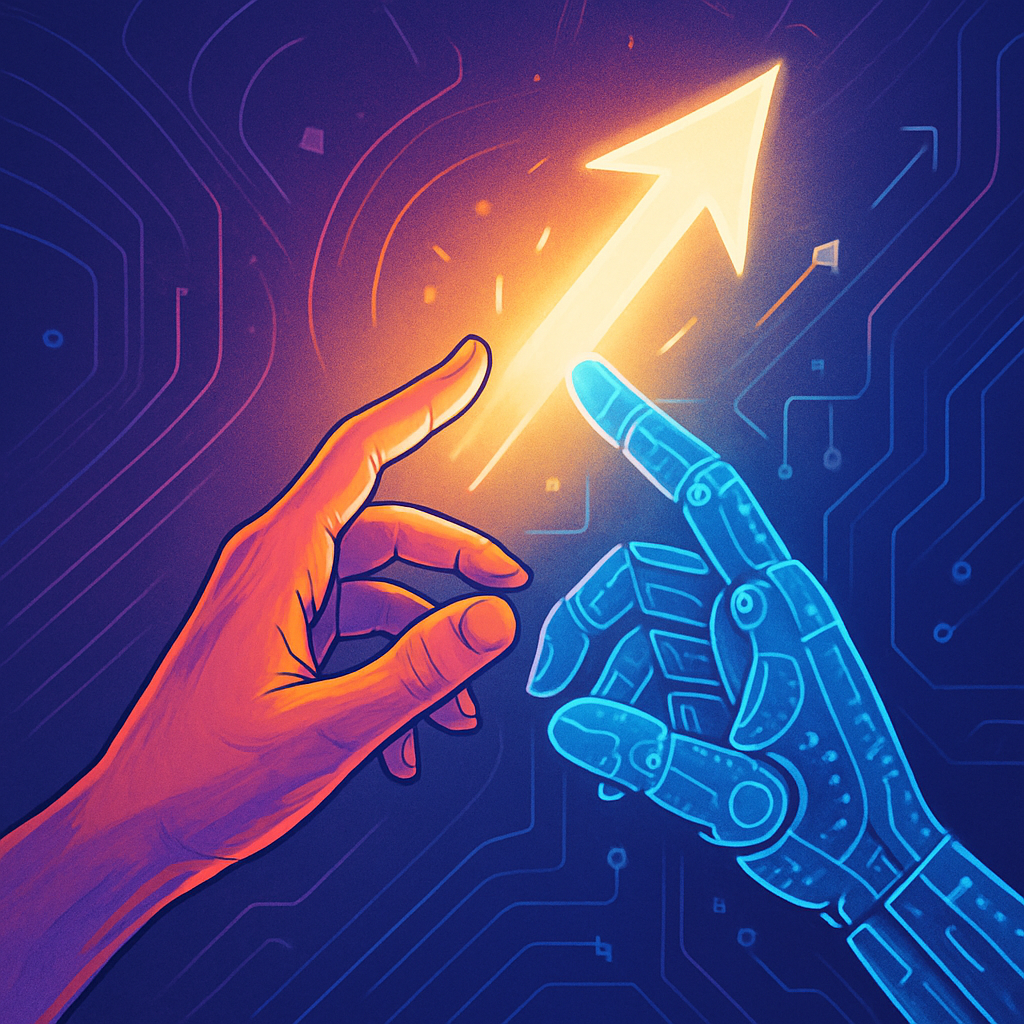
Computer Vision: How do Computers see?
36%20px.png?width=64&height=64&name=Mrs.%20Neura%20Transparent%20(Aperture)36%20px.png)
Introduction
From instant face filters to self-driving cars, artificial intelligence (AI) is powering our most advanced computer vision applications today. But what exactly is computer vision and how does it work?
Computer vision refers to the ability of AI systems to process, analyze, and understand visual data like images and videos. Some common computer vision tasks include:
👁 Image Classification - Identifying objects or scenes in images. For example, knowing an image contains a cat vs. a dog.
👁🗨 Object Detection - Locating instances of objects within images and marking them with bounding boxes. This could detect where specifically a cat appears in an image.
🖼️ Image Segmentation - Assigning pixel-level labels to delineate objects in an image. This allows precisely segmenting something like a cat from the background.
🖌 Image Generation - Creating or modifying visual imagery algorithmically. For instance, creating photorealistic images from scratch.
These capabilities allow computer vision to power exciting real-world applications like:
🚗 Self-Driving Cars - detect pedestrians, read street signs, identify lane lines
🤳 Facial Recognition - unlock phones, tag photos, enable payments
🦷 Medical Imaging - identify tumors, analyze X-rays and scans
🛒 Product Detection - automate inventory management in warehouses
In this post, we’ll explore the basics of how AI techniques enable computer vision and some of the most promising directions this technology is headed. Let’s dive in!
How Computer Vision Works 👀
The key technology powering modern computer vision is convolutional neural networks (CNNs). CNNs are specialized neural networks modeled after the human visual cortex - the part of the brain that processes what we see. They excel at analyzing pixel data from digital images and video.
Here's a simple breakdown of how CNNs work their magic:
🧠 CNNs contain a sequence of layers that filter inputs looking for different visual features. You can think of these layers as gradually building up an understanding of the image, kind of like playing a game of I Spy!
🔎 The early layers detect simple shapes like ✏️ edges and 🎨 colors. The middle layers identify basic patterns like ⛰️ shapes and 🧱 textures. The later layers can recognize full objects like 👩 faces by composing the simpler features.
🗜 Each layer uses filters that slide over the input image. These filters activate when they see specific patterns that represent a visual concept, like an edge filter finding ➡️ lines.
🛠 By stacking many layers, CNNs build up the ability to analyze images from small details to the full scene content. The final output layer can then classify or label the image based on all the extracted features.
📚 To train a CNN, you need a massive labeled dataset like ImageNet. This contains millions of images mapped to corresponding labels that teach the model. With enough diverse examples, CNNs can master complex computer vision skills!
Computer Vision in Action 🚀
Now that we understand the basics of how computer vision works, let's look at some of the incredible ways it's being applied:
🚗 Self-Driving Cars
Computer vision is crucial for autonomous vehicles to navigate roads safely. The AI system must recognize traffic lights, read signs, spot obstacles like pedestrians, and identify lane markings - all in real-time! Companies like Tesla use camera data and complex CNNs to power their vehicles' computer vision.
📸 Image Classification
CNNs can accurately classify the content of images - deciding if it's a landscape, animal, food item etc. Social media uses this for photo tagging. Medical imaging leverages it to detect abnormalities in scans. Satellite imagery can map land usage.
📍 Object Detection
This allows identifying specific objects in images and localizing them with bounding boxes. Retailers use it for taking inventory by detecting products on shelves. Security systems can locate suspicious objects. It also enables tracking objects like cars or people.
💇♂️ Facial Recognition
CNNs trained on face datasets can reliably match faces for authentication. This enables phone unlock, tagging people in photos, and identifying suspects. But ethical concerns exist around consent, bias, and misuse.
There are many more applications in areas like manufacturing, agriculture, gaming, and beyond! Computer vision provides a wealth of capabilities to integrate sight into machines. But responsible oversight is critical as these technologies continue advancing.
Got it, here's a draft of the next section covering emerging trends and the future of computer vision:
The Future of Computer Vision 🎯
Computer vision capabilities are rapidly evolving to enable even more transformative applications. Here are some exciting frontiers in CV research:
🖌 Generative Adversarial Networks (GANs)
GANs are algorithms that can synthesize realistic visual media like faces, landscapes, and more from scratch. This has revolutionized image/video generation and editing abilities.
🔁 Transfer Learning
Models pre-trained on large datasets can transfer knowledge to new tasks with limited data. This allows creating custom CV models faster and more efficiently.
🤖 Embodied Vision
Combining computer vision, robotics, and other modalities allows developing AI agents that can dynamically perceive and interact with the world.
🌎 3D Vision
New techniques in spatial perception, like stereo vision and depth sensing, will unlock abilities like advanced AR/VR and 3D scene understanding.
🔒 Privacy Protection
To mitigate mass surveillance risks, approaches like federated learning and differential privacy help maintain anonymity and data protection in CV systems.
The applications of computer vision are rapidly expanding into uncharted territory. But thoughtful governance and ethical oversight will be critical to steer these technologies responsibly as they continue advancing.
The Future Looks Bright! ✨
In this post, we explored the world of artificial intelligence for computer vision - from how convolutional neural networks analyze visual data to real-world applications like autonomous cars and facial recognition.
Computer vision has exploded in capability thanks to deep learning and vast datasets. But there are still challenges ahead like reducing bias and protecting privacy.
By understanding both the potential and limitations of CV, we can help guide it toward benefits like medical breakthroughs and away from harm. There are always risks when a technology becomes ubiquitous. But with thoughtful coordination, computer vision can positively transform our lives without jeopardizing our human values.
The future looks bright as computer vision steadily advances. Our AI systems may not have human-level visual intelligence yet - but many inspiring researchers and innovators are working to get us there!


